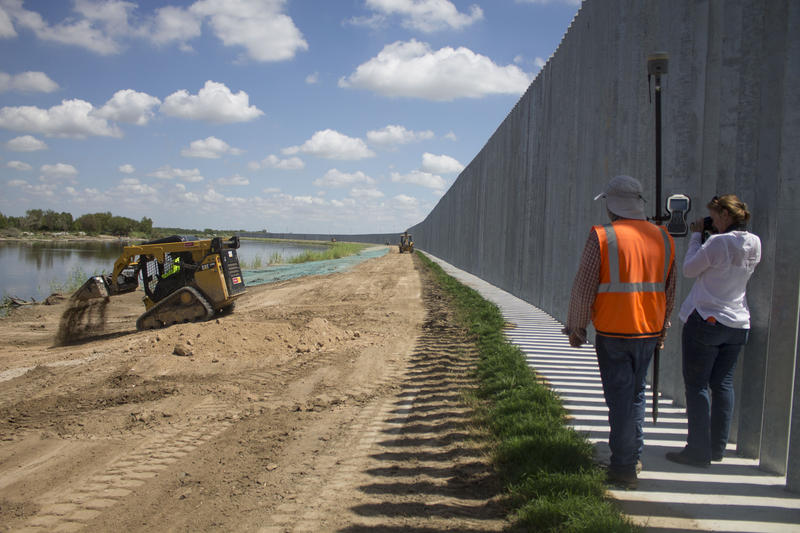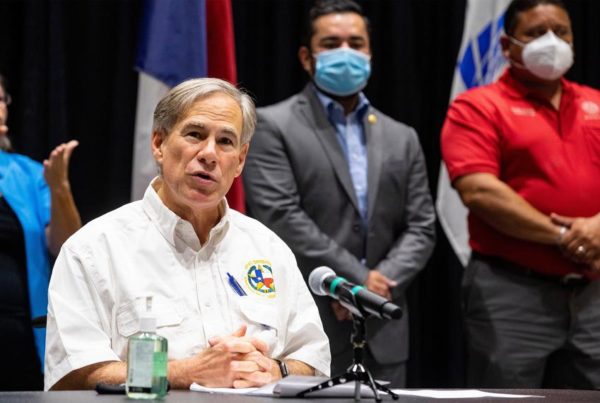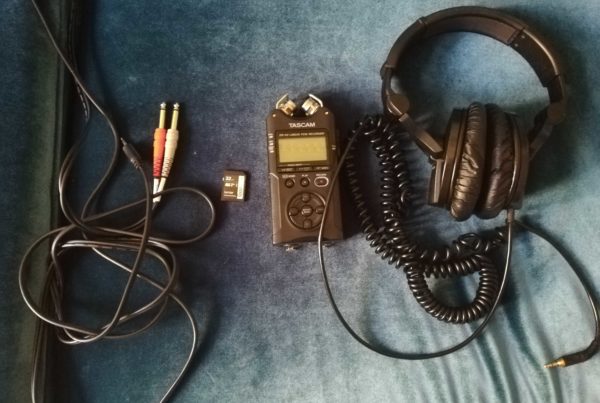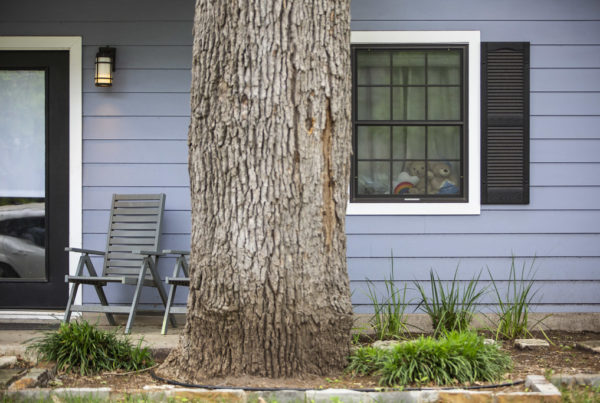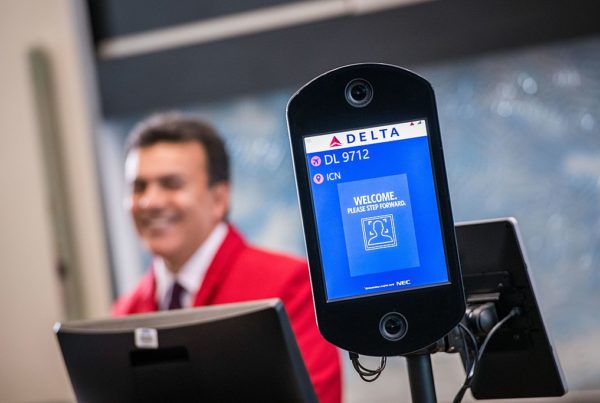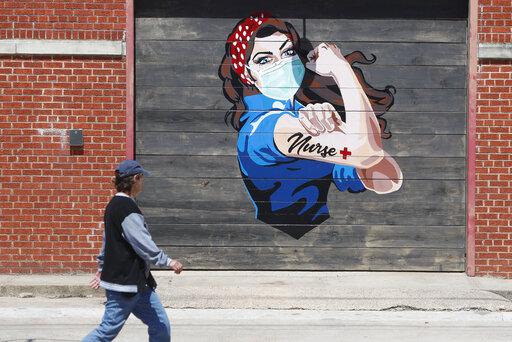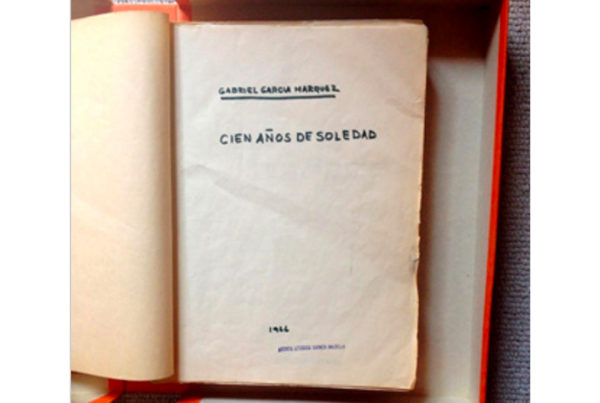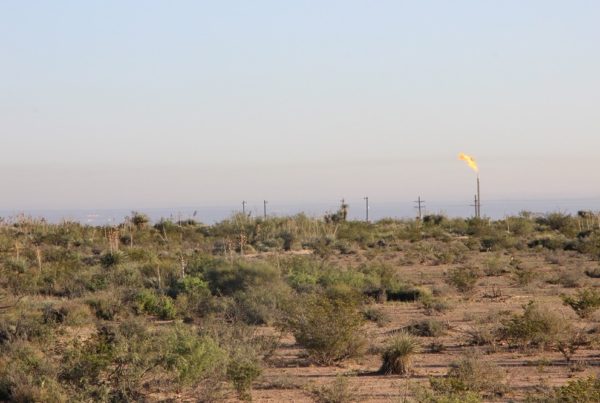From Texas Public Radio:
Hector Guajardo is a land surveyor tasked with inspecting a 3-mile long private border wall in Mission, Texas. He and others recently spotted significant, visible holes underneath the concrete where the border wall stands and other signs of erosion in the ground.
“This longer damage area is 52 feet,” said Guajardo while pointing to other areas where there’s more damage.
This border wall was built by Tommy Fisher, president of North Dakota based Fisher Industries. With the help from supporters of President Donald Trump, Fisher harnessed some donations to build his own private border wall in Mission — which is in the Rio Grande Valley.
Critics have argued that the wall was built too close to the Rio Grande, the massive river that flows to the Gulf of Mexico, and is already in danger of falling down if it isn’t fixed.
As Guajardo and others make their way around the property to examine for damage as part of a court ordered inspection.
At the same time, Fisher is trying to repair the damage from Hurricane Hanna, the category one storm that hit The Valley two weeks ago.
Heavy machinery is picking-up dirt, dropping it off and smoothing it out on the south side of the wall, where he also plans on adding a road.
Fisher does not deny that his wall is having issues with erosion.
“No matter what we do, if there’s a huge storm there’s erosion. You guys can look anywhere you want in Hidalgo County and there’s been erosion that has happened,” said Fisher. “The difference here is that the erosion, or the storm, doesn’t affect the wall or the road and we have the ability to fix that here and we have the ability to make it stronger so it doesn’t happen, or it happens a lot less.”
He said they’re also doing something called hydroseeding, which adds vegetation to try and hold the soil together, and prevent future erosion
“On some places the grass grew more, some places it grew less, that’s why we’re coming back as part of our erosion control maintenance plan,” said Fisher.
Fisher’s wall is about three miles long and costs more than $40 million. He said he’s confident it will withstand future rainfall or an even stronger hurricane because it’s built to last.
“I guarantee that I’m going to be back here when I’m 90 and there’s nothing that’s going to have changed here,” said Fisher.
Marianna Treviño-Wright is the executive director of the National Butterfly Center, which is near the private border wall.
“I mean this is a 3-mile, free-standing wall. A monument to stupidity,” said Treviño-Wright. “It connects to nothing, so it doesn’t stop anything. You just go around it, or at this rate, as you’ve seen today, under it.”
Treviño-Wright slowly makes her way around the jagged terrain as she takes photos of the erosion. She points to some floating debris near the bank of the river. She said debris like that will float into the wall’s bollards and cause an obstruction of waterflow if there’s a major flooding event.
“That will cause the water to be redirected. One, back towards us, and inland,” she said. “That will increase the sheer, the volume of water and sediment redistribution. All of that will damage property upstream.”
Concerns over the possible damage upstream caused by the private border wall is one of the reasons why The National Butterfly Center is suing Fisher. Javier Peña is their attorney.
“He says it’s normal, he says it’s not that big of a deal, but I think to those of us who actually live here, don’t get to go back up to the Dakotas to their house and have to deal with the flooding and the devastation here, it is a big deal,” said Peña. “And if you look just down here and you look across the river no one is trucking in dirt to repair all the erosion. Only here where they did their work are they having to truck in dirt.”
The International Boundary and Water Commission also filed a lawsuit against Fisher several months ago. It said in court filings that Fisher’s project in the floodplain of the Rio Grande could obstruct or deflect water, which could violate a longstanding 1970s treaty between Mexico and the U.S.
Adriana Martinez is an associate professor at Southern Illinois University Edwardsville and has studied the impact of border wall in her hometown of Eagle Pass, Texas.
“The fact that they were building it immediately along the banks of the river, I knew it was going to have a bunch of erosion problems,” said Martinez referring to the privately built border wall in Mission.
Martinez said the high level of erosion taking place at the site of the border wall is happening because of the wall itself.
“You can clearly see from the pictures that maybe the fence wasn’t compromised enough this time, such that it compromised the integrity of the construction, but it undermines the base of the fence,” said Martinez. “This storm had a lot of water and it may not have caused the fence to collapse, but it’s just a matter of time before you do get to a storm that’s big enough that it does.”
ProPublica and the Texas Tribune recently published an investigation that found erosion along the base of the wall and near the banks of the river well before the hurricane.
President Trump, who has made the construction of more border wall a central issue of his presidency, caught wind of the article and tweeted that he disagreed with this section of privately built border wall and that Fisher built the wall to make him look bad.
Despite the lawsuits, criticism from Trump and the cost to repair the constant damage from erosion, Fisher said it all has been worth it.
“I think it’s a learning experience when you build anything and I think with the knowledge I’ve got from this project, if the President or DHS decided a primary wall system is going to be more beneficial in the Rio Grande, we know how to build it, what we’re going to do, how fast and everything else,” said Fisher. “You sort of walk before you run and I have no regrets and I’d do it all over again if I could.”
Even with critiques from Trump, the administration is still working with Fisher. He’s been awarded almost $2 billion dollars in federal contracts to build more border wall.
That includes a $289 million dollar contract announced this week for construction in the Laredo area.
U.S. Customs and Border Protection said in a statement, “The design for the new border wall system project recently awarded, to Fisher Industries, within the Laredo Sector is contractually required to comply with local and federal laws/regulations, as well as the U.S. Border Patrol’s design standards.”
The Department of Defense Office of Inspector General also announced in December that they would review a $400 million border wall contract that had been awarded to Fisher.
In the meantime, the IBWC and the National Butterfly Center will continue to litigate against Fisher.
Reynaldo Leaños Jr. can be reached at Reynaldo@TPR.org and on Twitter at @ReynaldoLeanos.`


